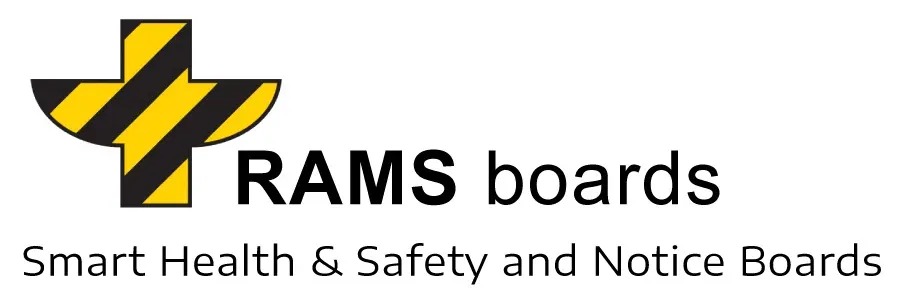Enhancing Safety and Communication at Telecommunication Towers in Rural and Remote Areas
Telecommunication towers are vital infrastructures that ensure seamless connectivity across regions. However, those located in rural or hard-to-reach areas pose unique challenges, particularly in terms of safety and communication. This is where RAMS (Risk Assessment and Method Statement) Boards come into play, serving as an indispensable tool for managing these challenges effectively.
Challenges Faced by Telecommunication Towers in Remote Areas
| Challenge | Description |
|---|---|
| Accessibility | Often located in remote areas, reaching these towers can be difficult, especially during adverse weather conditions. |
| Safety Risks | Working at height and with complex equipment increases the risk of accidents. |
| Communication Barriers | Limited access to regular communication channels can hinder the flow of crucial information. |
| Environmental Conditions | Towers are exposed to harsh weather, requiring robust equipment and safety measures. |
| Emergency Response | In remote areas, the response time for emergencies can be significantly longer. |
These challenges necessitate a robust system to ensure the safety and efficiency of operations at these towers.
The Role of RAMS boards in Telecommunication Towers
RAMS boards provide a centralized platform for displaying safety information, operational procedures, and emergency contacts. They are designed to withstand harsh environmental conditions, making them ideal for use in remote telecommunication towers. Here’s how RAMS boards address the specific challenges:
- Enhanced Safety Communication: They provide clear and visible safety instructions, essential in high-risk environments like telecommunication towers. This is crucial for preventing accidents and ensuring safe work practices.
- Operational Efficiency: By centralizing information, RAMS boards reduce the time spent by technicians searching for operational updates or safety protocols. This leads to improved efficiency in maintenance and repair tasks.
- Adaptable to Changing Conditions: The content on RAMS boards can be easily updated to reflect changing weather conditions, operational updates, or new safety guidelines, making them highly adaptable.
- Emergency Preparedness: In remote areas, having accessible and clear emergency contact information and procedures can be life-saving. RAMS boards play a crucial role in this aspect.
- Worker Training and Compliance: They are also used as a tool for ongoing worker training and reminders about compliance with safety standards.
Case Studies: RAMS boards at Remote Telecommunication Towers
- Highland Rural Tower: At a remote tower in the highlands, RAMS boards could be used to display specific safety protocols for working at height and dealing with unpredictable weather conditions.
- Desert Communication Tower: In a tower located in a desert area, the boards will provide essential information on heat stress prevention and emergency contacts, significantly reducing heat-related health risks.
The Benefits of RAMS boards in Telecommunication Towers
| Benefit | Description |
|---|---|
| Safety Enhancement | Ensures continuous visibility of safety procedures and emergency contacts. |
| Information Centralization | Provides a single point of reference for all operational and safety-related information. |
| Adaptability | Can be quickly updated to reflect changes in operational procedures or environmental conditions. |
| Durability | Built to withstand harsh outdoor conditions, ensuring longevity and reliability. |
| Compliance and Training | Facilitates ongoing training and reinforces compliance with safety standards. |
Conclusion
In conclusion, RAMS boards play a critical role in managing the unique challenges faced by telecommunication towers in rural and hard-to-reach areas. Their ability to enhance safety, improve operational efficiency, and provide a reliable communication platform is invaluable in these isolated and often extreme environments. By centralizing essential information and ensuring its visibility under various conditions, RAMS boards contribute significantly to the safety and effectiveness of operations at these vital communication hubs.
Telecommunication towers are key to bridging communication gaps across regions, but their maintenance and operation in remote areas come with inherent risks. RAMS boards mitigate these risks by providing a robust and adaptable solution, ensuring that safety protocols and emergency procedures are clearly communicated and accessible to all personnel. This not only enhances the safety of the workers but also ensures the uninterrupted functionality of these crucial infrastructures.
The integration of RAMS boards into the operations of telecommunication towers is a testament to the commitment to maintaining high safety standards while ensuring operational efficiency. As the telecommunication industry continues to expand and towers are increasingly built in remote locations, the role of RAMS boards in these settings will become even more pivotal, underscoring their importance in supporting the backbone of our global communication networks.
